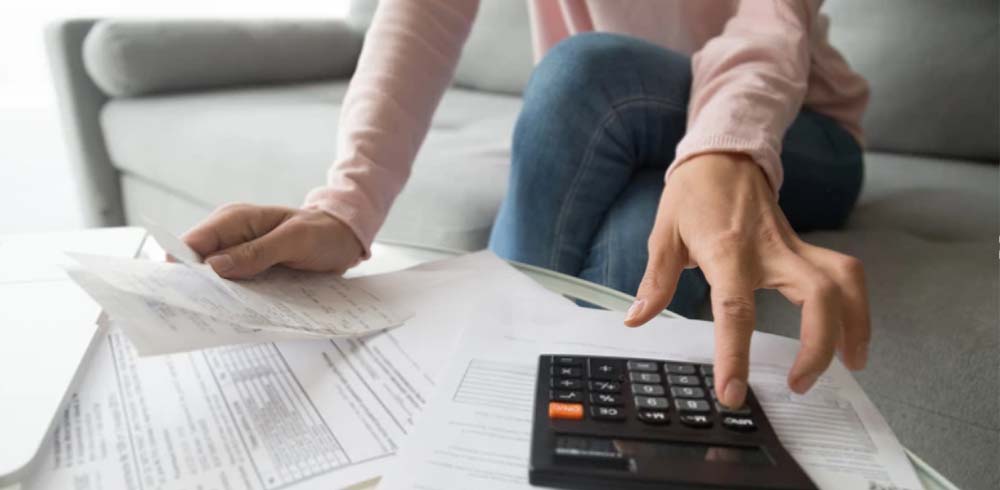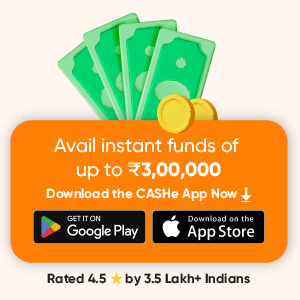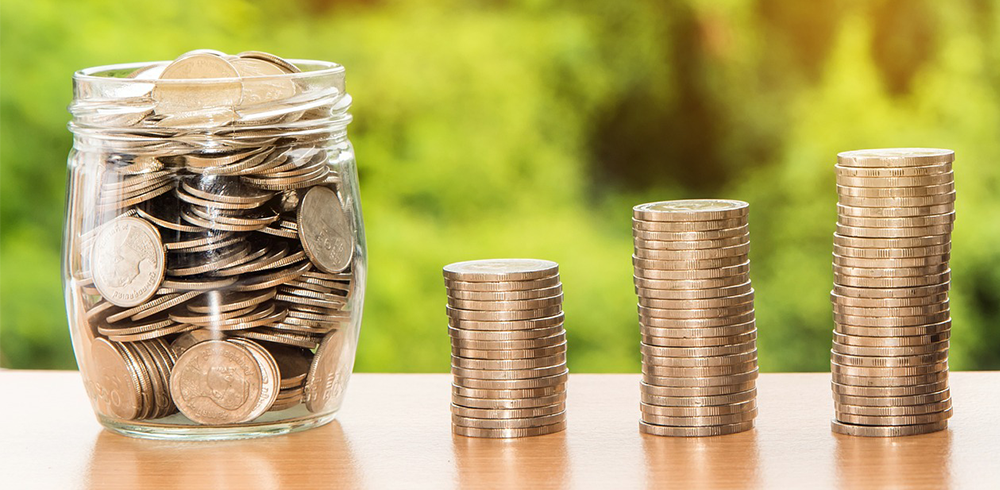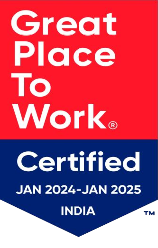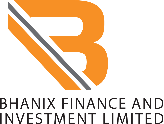You’ve probably thought to apply for a loan from time to time. If you’re like most people, you’ve also probably thought about whether doing so is a good idea or not. While many people believe that all debt is a bad thing, some types of debt can actually be good for you.
If you want to buy a house or car, start a side business, or go back to school, you’ll need some form of a loan. But that does not mean all debt is created equal, and not understanding the difference between good debt and bad debt can harm your credit score and financial future.
If you have any risky debts such as overdue credit card balances, payday loans from unsafe lenders, or student loans while being unemployed, they are classified as bad debt. On the other end of the spectrum are safe or necessary debts such as instant personal loans, mortgage loans, and auto loans. These types of debts are generally considered good debts because they help you grow your wealth and assets rather than taking them away.
What’s the difference between good and bad debt?
Good debt is when you use borrowed money to acquire assets that increase your net worth. For instance, a home equity loan can be a form of good debt if you use it for home improvements that increase your home’s value like a new roof or bathroom remodeling. Or you might use a line of credit to buy a home or pay for a child’s education. Other examples include educational loans for college or business loans for starting your own venture.
Bad debt is when you borrow money to acquire assets that don’t increase your net worth. Bad debt is also any large debt you can’t pay back. This includes credit cards and payday loans. Bad debt is expensive because interest and fees can add up quickly. If you have bad debt, you’re more likely to default on your loan payments in the long term. You also face higher interest rates and penalties if you default.
What factors help determine if a debt is risky or safe?
If you want to improve your net worth, take care when considering the type and amount of debt you want to take on. There are a number of factors that can help you determine if a debt is risky or safe. You should start by looking at the total amount of debt you have. If your total debt is higher than your monthly income, then it may be time to take action. If you have less than your total monthly income in debt, then it could be a good idea to start paying down your debt as soon as possible.
You can use a debt-to-income (DTI) ratio to determine your financial well-being. A DTI ratio is the percentage of your gross income that goes toward paying your debt obligations. The higher your DTI ratio, the more risk there is for your entire financial health because a small decline in income could make it significantly harder to pay back your debt.
The trustworthiness of the lender also decides whether a debt is risky or not. Many lenders on peer-to-peer platforms specialize in helping borrowers who have been turned down by traditional lenders. Also, many other online lenders offer loans regardless of credit score or financial history. These loans tend to be riskier than traditional ones due to the low standards required to obtain them and the lack of regulation in this space.
Bottom Line
If you are struggling to pay off some form of debt, it’s not the end of the world. There are many ways to get out of debt and even improve your score if you have a legitimate reason for the debt. The key is to understand the difference between good and bad debt and keep the bad debt out of your system. Once you understand how to differentiate between good and bad debt, you’ll be on the path to building a better financial future.
CASHe is a leading loan app offering instant personal loans, BNPL , and instant Pre-Approved CASHe Limits. Download the app today!
